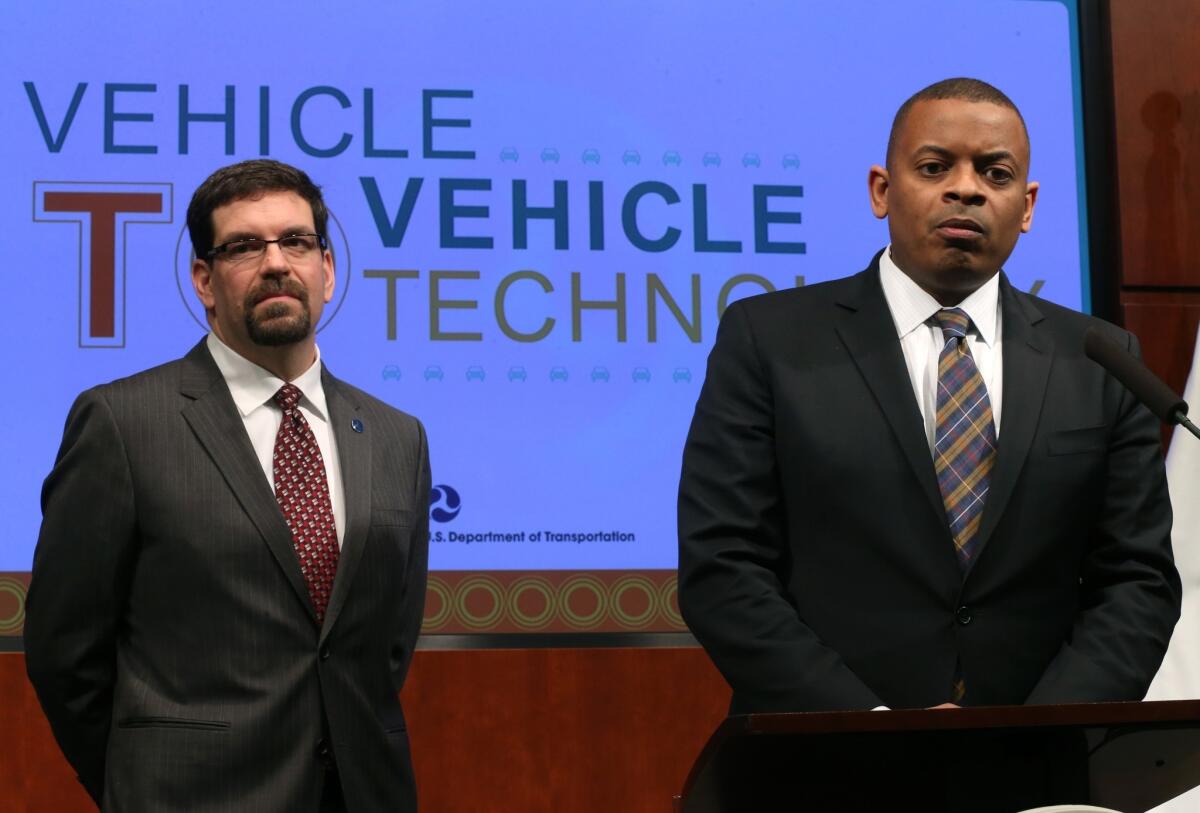NHTSA chief says GM had information that would have helped ID defect

WASHINGTON -- A top federal official said General Motors Co. had “critical information” about a faulty ignition switch that would have helped regulators determine the part was defective and could have triggered recalls years before they began in February.
“This was a difficult case pursued by experts in the field of screening, investigations and technology involving airbags that are designed to deploy in some cases but not others,” David Friedman, acting administrator of the National Highway Traffic Safety Administration, said in written testimony released Monday ahead of a congressional hearing on the delayed recall.
“GM had critical information that would have helped identify this defect,” he said.
Friedman defended NHTSA’s handling of the problem after a House of Representatives report said the agency twice declined to open investigations even though one official found a pattern of problems in 2007.
“We are not aware of any information to suggest that NHTSA failed to properly carry out its safety mission based on the data available to it and the process it followed,” he said.
Friedman and GM Chief Executive Mary Barra are scheduled to testify Tuesday at a hearing on the recall by a House Energy and Commerce subcommittee.
In her short prepared testimony, Barra said she was “deeply sorry” for delays in recalls of vehicles with the faulty part.
The ignition switch problem, which can turn off the engine and disable the airbags, led to a series of accidents and at least 13 deaths in six GM model vehicles. The automaker has recalled 2.6 million vehicles globally so far.
“As soon as l learned about the problem, we acted without hesitation,” said Barra, who took over as CEO in January.
“We told the world we had a problem that needed to be fixed,” she said. “We did so because whatever mistakes were made in the past, we will not shirk from our responsibilities now and in the future.”
Barra said the company was addressing the problem by cooperating with investigators, launching its own internal probe and naming a new vehicle safety executive.
Friedman provided a more detailed defense of NHTSA in his 16-page written testimony. He said the agency has “an aggressive and effective defects investigation program,” but that there was not enough information to warrant a GM recall earlier.
After two fatal crashes in which airbags did not deploy on 2005 Chevrolet Cobalts, NHTSA convened a “defects assessment panel” to review the information on possible defects in that model and Chevrolet Ions.
“The data available at the time of this evaluation did not indicate a safety defect or defect trend that would warrant the agency opening a formal investigation,” Friedman said.
The data at the time did not show that the Cobalt or Ion had significantly higher rates of crashes with injuries than other similar vehicles, he said.
Another problem was the crash data available to the agency involved accidents with passengers who were not wearing seat belts and other factors “where it could not be determined that the air bag should have deployed.”
In his testimony, Friedman said that NHTSA staff believed that airbags in the vehicles would deploy even when power was turned off.
The agency’s “understanding of airbag systems, which was verified by available GM service literature reviewed during our due diligence effort, was that an airbag system would be armed and ready to fire for up to 60 seconds after all power to the system was cut off.”
That turned out not to be the case. Many of the deaths and injuries in the recalled vehicles are blamed on the ignition switch suddenly shifting from the “on” to the “accessory” position, shutting off power to most of the car.
Another agency review in 2010 found the rate of crashes with injuries involving 2005-06 model year Cobalts fell by nearly half since the 2007 review and “did not provide a basis for a formal investigation,” Friedman said.
“At the time of these reviews, NHTSA did not have the information that GM has since provided — for instance, new evidence linking airbag non-deployment to faulty ignition switches — which is why we have launched an aggressive investigation into the timing of their recall,” Friedman said.








